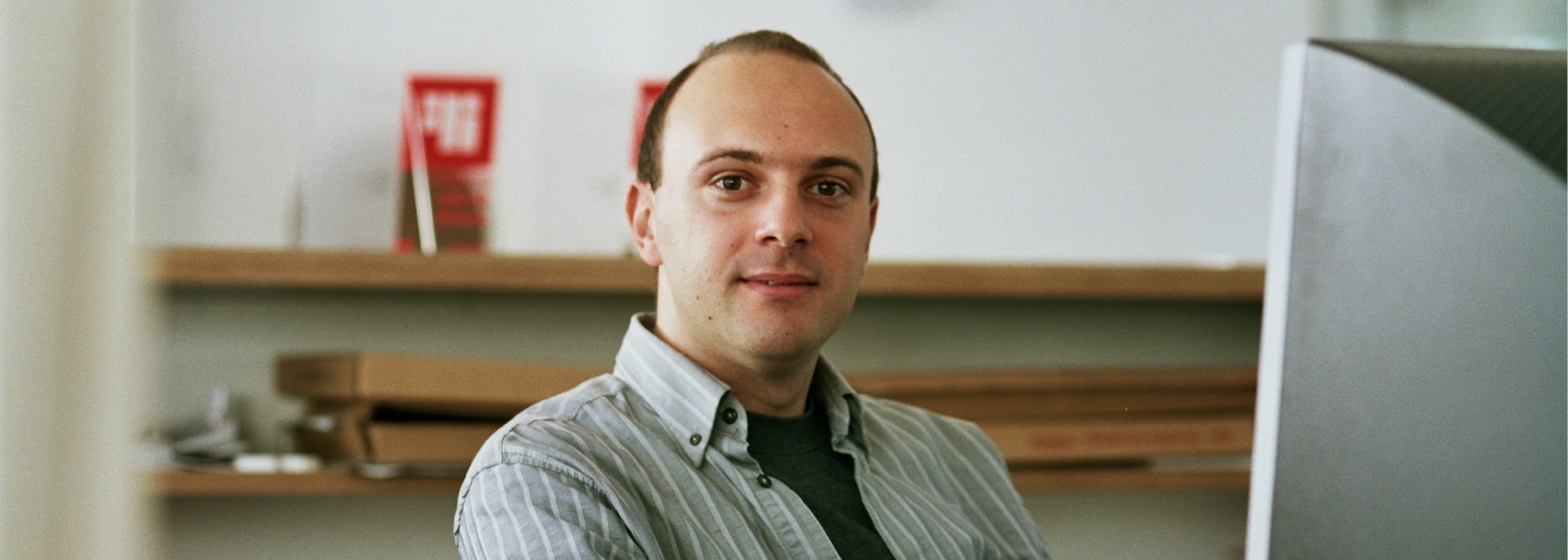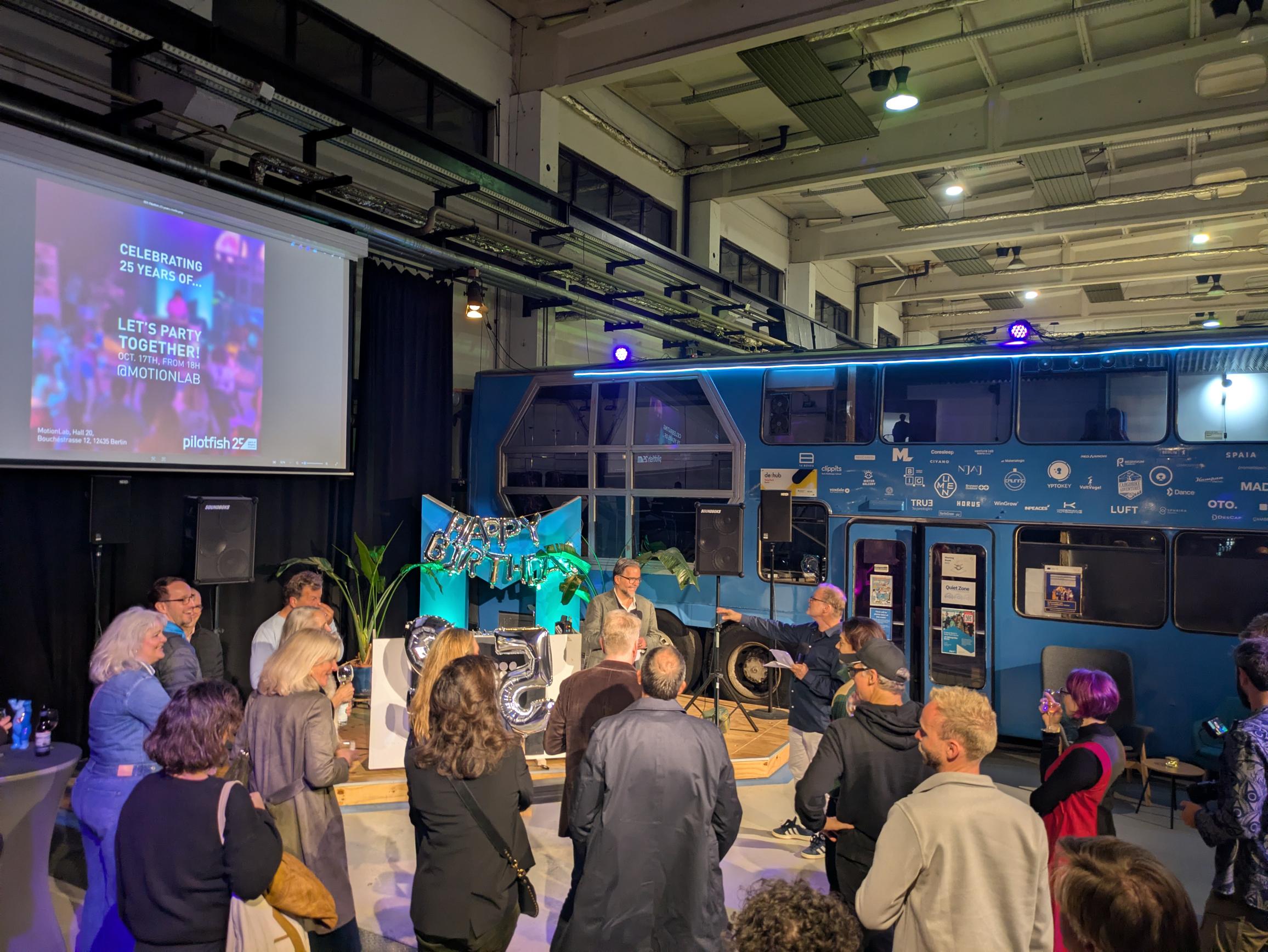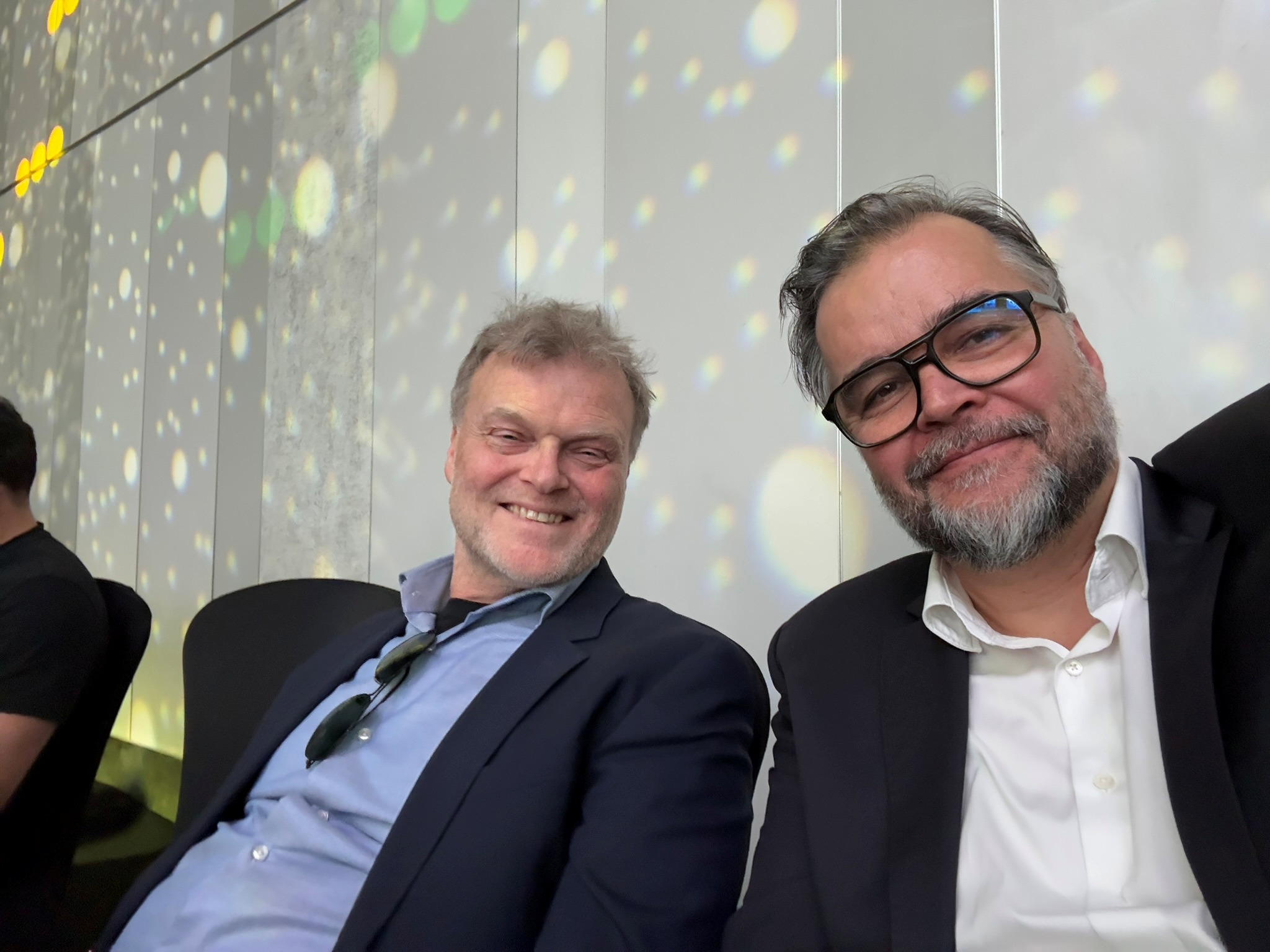Designing with Clarity: Stefanel Barutcieff’s story
Stefanel Barutcieff’s path into design has been anything but ordinary. But it was at Pilotfish, where he spent over a decade shaping award-winning products, that Stefanel truly found a space to integrate function, story, and soul into design. Today, as a Senior UX Designer at Bosch Energy and Building Solutions, he’s still guided by one key principle:
“Humanizing technology means making the complex simple and always keeping the user in mind.”
What was the most memorable moment during your time at Pilotfish?
"Very good question, there were so many wonderful moments, it’s hard to mention just one."
For Stefanel, the variety of truly inspiring projects made coming to work feel anything but routine.
"One project comes to mind: the Belal prayer clocks. They were very special objects that went beyond typical product design. They required a much larger cultural and historical understanding to come up with a good idea."
The project also combined industrial and user interface design to deliver a seamless experience. For Stefanel, it perfectly captured what made Pilotfish so unique.
You can read more about that project here: Belal Prayer Clock – Pilotfish case study.
Pilotfish has always been about humanizing technology. How did that philosophy influence the way you work and innovate today?
Today Stefanel works on visualizing data from complex building systems like safety, energy management, climate, and ventilation, so users can interact with them effortlessly.
"Only the relevant information should be highlighted—with the goal of making buildings more energy efficient, easier to operate and maintain."
That’s where the humanizing technology mindset comes in.
"Understanding both the possibilities and limitations of new technologies and adding the ‘human’ aspect by making interfaces easier to operate, self-explanatory, and visually appealing. Good design is very much in need, even in B2B domains."
What’s one lesson from Pilotfish that stuck with you?
"Always define the product’s essence first, and then be consistent in expressing it through every detail."
He explains that this approach helped make design decisions more focused and cohesive. Once the essence is clear, telling the product’s story and presenting it to clients becomes a much more natural and convincing process.
If you could sum up Pilotfish’s spirit in three words, what would they be?
"Innovation and cool projects. Atmosphere. Diverse team. I remember fondly the team spirit and creative atmosphere, the constant search for better solutions in projects and building on each other’s ideas."
Stefanel fondly remembers the team spirit - the creative buzz, the openness to ideas, and the trust that ran through the studio. Everyone came from different places and backgrounds, but all felt welcome and empowered to contribute. The dialogue with management was open, and the energy was unmistakably collaborative. That spirit of collaboration and inclusivity made Pilotfish more than just a workplace.
Imagine stepping into the Pilotfish studio again today. What’s the first thing you'd say?
“Go Go Go”, “Alles offen”, “Foto”, - famous calls from their daily Kicker matches, which were both a ritual and a bonding moment.
It’s that mix of camaraderie and creative energy that Stefanel would be excited to feel again.
✨ Thank you, Stefanel!
Your story reminds us how powerful design becomes when guided by empathy, cultural awareness, and consistency. And we love that the spirit of “Go Go Go!” still lives on in your work today.






